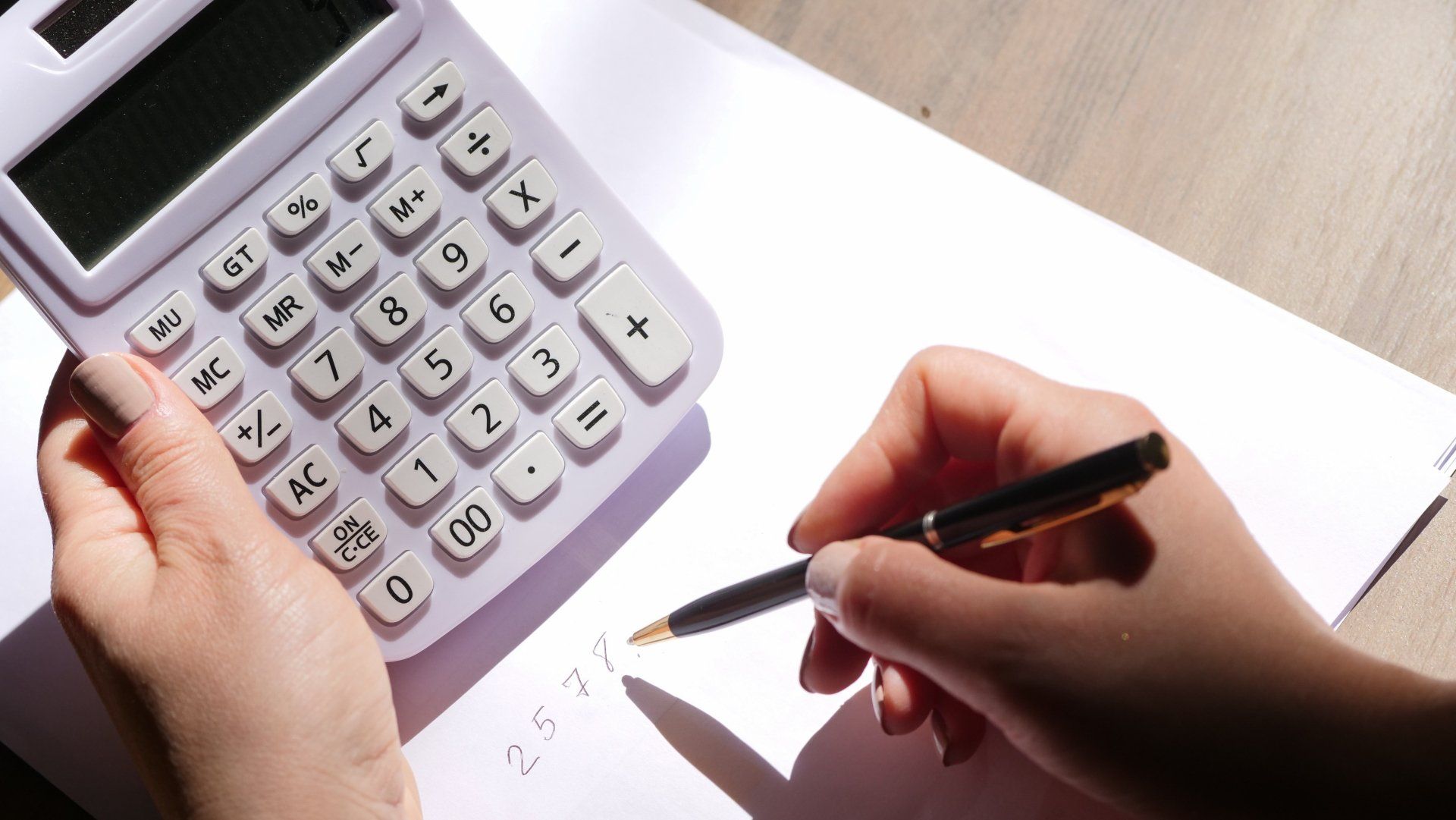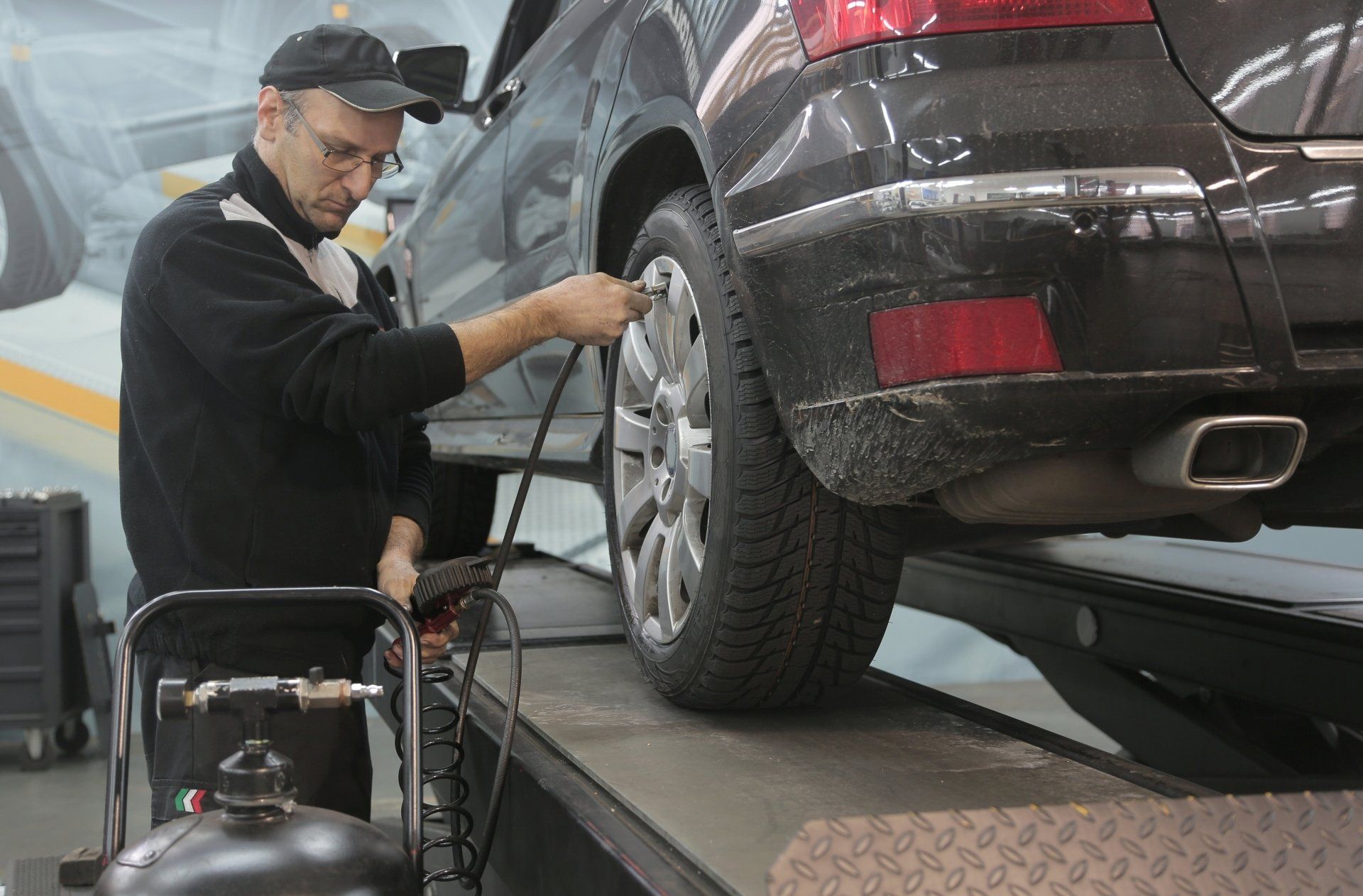Good ergonomics are not a magic bullet but make a huge difference to comfort and injury prevention at work. Couple an ergonomic keyboard with regular movement breaks including targeted strengthening exercises, stretches and soft tissue release for more holistic approach to injury prevention and management.
Three good reasons to get an ergonomic keyboard
I just had an ‘ahh moment’! “What’s an ahhh moment?” you ask. An ahh moment in my line of work is sudden relief from something that has been bugging you, especially those little niggling aches and pains that start to enter your daily thoughts.
I usually see ‘ahh moments’ when I’m doing an ergonomic assessment. Something as simple raising the back rest on an ergonomic chair for someone who sits uncomfortably hour after hour, week after week with aches and pains creeping in.
My ‘ahh moment’ has come after a week of a gradually increasing niggle in my left hand. Alarm bells started ringing for me. I know that most of my work is computer based and as a sole trader there is no sick leave if a niggle grows into an injury and time off work.
Knowing how important injury prevention is, I put my rehab hat on for myself and looked at my options. A spikey ball and some very strategic stretching hit the spot but the niggle kept popping back. Then I had the light bulb moment, it was time to invest in an ergonomic keyboard and this is when the ahh moment came.

Three good reasons to get an ergonomic keyboard:
- If you work for prolonged periods at a computer with constant keying and mousing, it would be a very good idea to get an ergonomic keyboard. Not having one would be a bit like training for a 10k run without good running shoes. Early intervention is key to preventing overuse injuries.
- If you’re like me and starting to feel pain in your hands, wrists, forearms, then an ergonomic keyboard is definitely a good idea.
- If you already have an injury to your hand, wrist or forearm then an ergonomic keyboard is a must.
Ergonomic keyboards allow your wrists to sit in an anatomically correct position and provide more support for good ‘typing posture’. Here’s what you should consider when you look for a keyboard:
- Good wrist support – a good keyboard will have additional soft wrist support that reduces wrist bending.
- Good curves – the curves in the keyboard allow you to type more naturally and reduces muscle strain in your wrists and forearms. You can also buy a ‘split keyboard’ to personalise the curves.
- Good feet - A ergonomic keyboard should have it’s feet at the front of the keyboard (closest to you) creating a reverse tilt which is better for your wrists.
One more thing to consider is the store returns policy. When you’re buying a keyboard, check the store returns policy. Some keyboards are easier to adapt to than others and that adaption time may reduce your productivity for a while. If you’re finding the keyboard is not working for you it is nice to know you can always send it back and try another brand. Here are some ergonomic keyboards I can personally recommend in order of preference:
- Logitech Ergo K860 Wireless Ergonomic Keyboard with Wrist Rest : I recommended this keyboard to a client of mine. She is a technical writer and spends over 8 hours a day typing, so I wanted the best for her. It is smooth to use and the curves were not too dramatic, so it was easy to adapt to and my client reported nil drop-in productivity. As well as that, her arm pain reduced significantly.
- Microsoft L5V-00027 Sculpt Ergonomic Dsktp : This is the keyboard I use now. I’ve tried plenty of keyboards in my time and I quite like this one for it’s smooth design similar to it’s more expensive Logitech cousin above. Unlike the Logitech, the wrist support is made of a fabric which I think will be the long-term downside of this model.


All Rights Reserved | WORK WELL NOW
Website designed with 💗 by 🐷 Little Pig Consulting 🐷
All Rights Reserved | WORK WELL NOW
Website designed by 🐷 Little Pig Consulting 🐷





